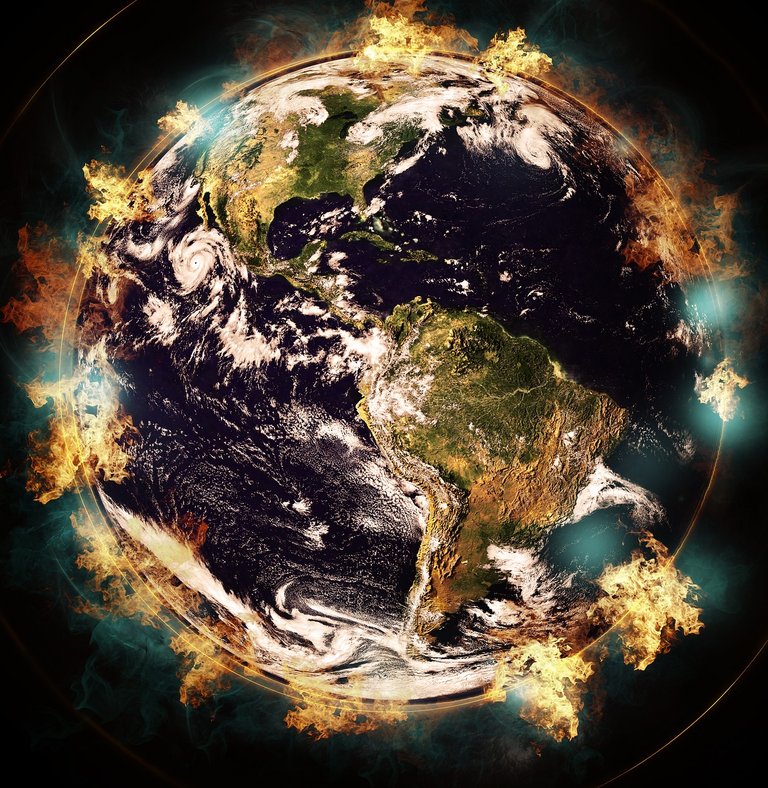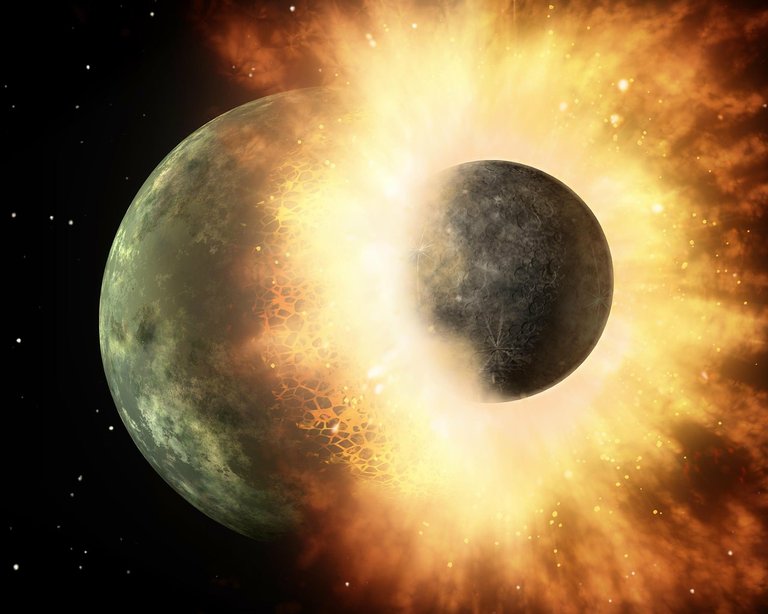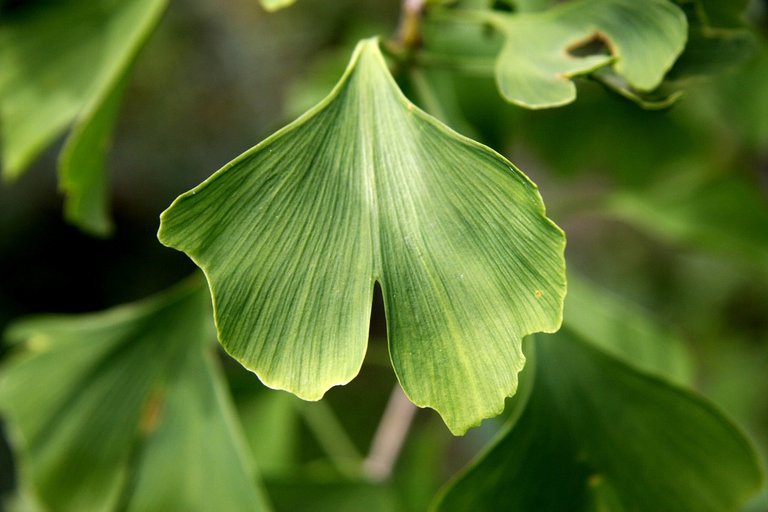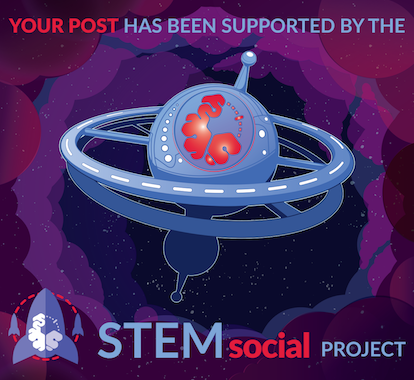There is a chance you must have heard that life on earth won't last forever at-least after the death of the sun 5 billion years from now. This is why people like Elon are looking into other planets for continuity. Before we get there, we can see that other occurrences like Volcanoes, asteroids and even extreme temperature or climate change have been able to able to wipe out a large number of life forms in the past. We also ensure that there are treaties preventing a global war from happening which can lead to death of every life form on earth but in the case of any of the previously mentioned scenarios, which of the life's form would be the last living thing on earth?
Forget about the saying of cats having nine lives because I have only seen a cat with one life, the rest are stories and also, it won't be cockroaches. Before we talk about a possible apocalypse, let's not forget that our planet is still he most suitable place for us currently with water found in our planet and the temperature suitable for living creatures to exist, and live has been on this planet for over 3 and a half billion year.
Mentioning a wipe out of earth life looks extreme to you, but more than once has life almost disappeared from earth, like one that happened 66 million years ago in the gulf of Mexico when an 10km wide asteroid slammed into the earth and while you might have not been alive at the time, it is the earliest of it and this was responsible for killing the non-avian dinosaurs and almost all of life form. Another was 200 million years ago when a supposed volcanic activity took out almost all of life that inhabited earth at the time and this took about 90% of all life form and it is regarded as the great dying. Before you say that the two mentioned were the only times, there have been a lot like one that happened 300 million years ago, taking about 70% of life form as a result of climate change.
Scientists are still studying what really happened in all these events using evidence found in different regions but in their study of the past, they are trying to look at a possible cause of a complete earth wipe out in the future, and scientist have seen that if a possible blast of a big star hits a supernova that is very close to earth, it can lead to life ending on earth. Our galaxies have stars and they explode regularly at least in decades sending waves and radiation to space but thanks to earth's magnetic field and its atmosphere, we are safe as they serve as good shield.
Talking about the explosion of a supernova, if the radiation happens within the kill zone (which was said to be about 30 light-year of earth in 2017 but in 2023, it is said to be 160 light-years of Earth) it can destroy the earth's ozone layer completely causing the earth to be exposed to the deadly radiation of the sun. Talking about supernova explosion, there have been debris of them on earth at least twice in the last 10 million years and they come in rock layers of iron-60 which is a type of iron not found on earth but in supernovas.
If you are scared that a star would possibly explode, and the earth would wipe out then relax because it wouldn't. A star IK Pegasi B is which is around the kill zone and would go supernova soon but it doesn't have any sign of an explosion until about 2 billion years from now and at the time, it should be far from earth.
Another thing that could wipe out earth is a gamma ray burst which is believed to happen from a fission of neutron stars but for now we do not need to worry about a possible hit even though it can release a burst of energy more than the sun would in 10 billion years. Scientists experienced gamma ray burst in 2022 but this was from about 2 billion light years away and while there was no major damage, earth's atmosphere was disturbed as though there was a solar flare. If there will b a gamma ray burst that would destroy earth, it would be withing 6500 light-year of earth and currently, we have nothing to fear with such an event happening 1 in 100 million years but as we can see that earth has been around for more that that, so we are good.
There could be another reason for extinction in humans and that will be from the nuclear weapons we have been keeping in the thousands. If there is an explosion of those nuclear weapons at once then we can have radiation and silt issues which would cover the sun causing cold that would also prevent photosynthesis leading to the death of the plants and other things on earth.
Now I have talked about the possible ways life can get destroyed, if these events happen which living organisms would die last or possibly survive it? Remember that I said the cockroaches might not be the last at the beginning but that doesn't mean they do not have a tough skin as they have survived over two extinction events including the Great dying, and the asteroid that killed the dinosaurs. Although we know a lot of impressive things about cockroaches that can help them survive like not eating for months and when they want to eat, they can eat anything their mouth finds both good and bad food but then they are cold-blooded insects so they aren't cool with extreme temperatures. Also they are not resistant to radiation so the myth that they will survive a nuclear blast isn't true.
Scorpion is another animal that might survive a near life extinction on earth as they have been on earth for over 400 million years and they can survive radiation doses unlike cockroaches. Scientist are still finding out how they are able to do this, but they have been able to attribute it to Taurine, a protein released in the scorpion to protect organisms as acting as antioxidant, it also prevent radiation impact. The exact mechanism of how it does happen is still not clear to scientists.
Cockroaches might not survive radiation but a tree like the Ginkgo Biloba tree might. This tree has survived three mass extinction since they appeared over 250 million years ago also, there is a possibility of them surviving nuclear blast as they were one of the survivors of the Hiroshima bomb. They are able to do this by producing new roots from non root cells so even when they are completely damaged, that tree would grow again. This happens because the genes of the tree do not tell them to die and regenerate, so the cell just keeps growing for thousands of years. Also they are able to produce methanol and chloroform to keep bacteria away from them.
Now that I have mentioned plants and animals that could survive extinction, not mentioning bacteria would be a incomplete. Certain bacteria have been able to live in extreme conditions that would normally kill most living things. These bacteria are known as Extremophiles with species ranging from Pyrococcus furiosus that can withstand extreme heat including thriving in hydrothermal vents. Marinomonas primoryensis which has a protein that acts as an antifreeze can live and survive extreme cold regions.
Read More
https://earthsky.org/astronomy-essentials/safe-distance-from-a-supernova-earth/
https://www.nature.com/articles/s43016-022-00573-0
https://evolution.berkeley.edu/mass-extinction/volcanic-activity-and-mass-extinction/
https://www.universetoday.com/135534/new-estimate-puts-the-supernova
https://academic.oup.com/mnras/article/506/2/1697/6308830?login=false
https://www.nhm.ac.uk/discover/what-is-mass-extinction-and-are-we-facing-a-sixth-one.html
https://www.nature.com/articles/s41598-017-05796-x
https://agupubs.onlinelibrary.wiley.com/doi/10.1029/2021JD035079
https://royalsocietypublishing.org/doi/10.1098/rspb.2012.1890
https://www.nhm.ac.uk/discover/how-an-asteroid-caused-extinction-of-dinosaurs.html
https://journals.aps.org/prl/abstract/10.1103/PhysRevLett.83.18
https://www.pnas.org/doi/10.1073/pnas.2013774117
https://www.pnas.org/doi/10.1073/pnas.2013774117
https://www.ncbi.nlm.nih.gov/pmc/articles/PMC3382825/
https://arxiv.org/pdf/astro-ph/0211361
https://theconversation.com/the-sun-wont-die-for-5-billion-years
https://www.ncbi.nlm.nih.gov/pmc/articles/PMC154833/
https://www.ncbi.nlm.nih.gov/pmc/articles/PMC4187170/
https://www.nature.com/articles/532040a#access
https://www.frontiersin.org/journals/microbiology/articles/10.3389/fmicb.2019.00780/full
https://www.ncbi.nlm.nih.gov/pmc/articles/PMC3221511/
https://www.ncbi.nlm.nih.gov/pmc/articles/PMC9833599/
https://www.ncbi.nlm.nih.gov/pmc/articles/PMC5478975/
https://www.ncbi.nlm.nih.gov/pmc/articles/PMC7349289/
https://www.ncbi.nlm.nih.gov/pmc/articles/PMC3492233/
https://www.ncbi.nlm.nih.gov/pmc/articles/PMC3936408/






